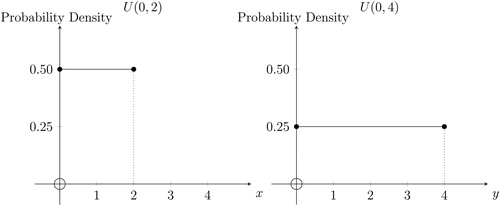Figures & data
Fig. 1 Answers to survey Question 1: label vertical axis.
NOTE: This bar chart shows counts (and proportions) of students giving vertical axis labels in response to survey Question 1. Of the 148 students surveyed, “Frequency” and “Count,” if combined, were the most popular incorrect responses. The single most popular incorrect answer was, however, “Probability.” The “Other” category include nonsensical answers like “Ethnicity” or “Weight” or “Kurtosis,” and also two students who left the answer blank. See also for a breakdown of answers to Question 1 by degree program.
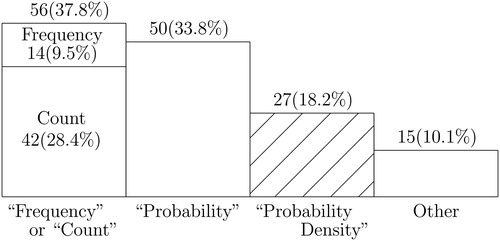
Fig. 2 Number of correct survey answers per student.
NOTE: This probability mass function shows the proportion of our sample of 148 students getting 0, 1, 2, 3, or 4 correct answers, respectively, to the four questions posed in our probability density survey. Counts are shown in parentheses. The mean of 0.38 correct answers per student is indicated with a small triangle. The median number of correct answers per student was 0.

Table 3 Which survey answers students got correct.
Table 1 Proportion of students answering correctly.
Table 2 Breakdown of answers to Question 1 by degree program.
Fig. 3 Probability mass function
NOTE: The discrete random variable Xd takes values and 4, with probabilities
, and
, respectively. The triangle marks the probability-weighted average of the distribution (i.e., the mean of 2.75); this is the location of the perpendicular axis through the center of gravity of the probability mass distribution. The corresponding cumulative distribution function appears in .
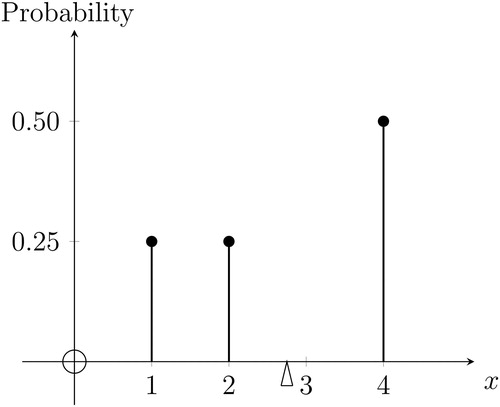
Fig. 4 Cumulative distribution function
NOTE: The discrete random variable Xd takes values and 4, with probabilities
, and
, respectively. The plot shows the cumulative distribution function
. The corresponding pmf appears in .
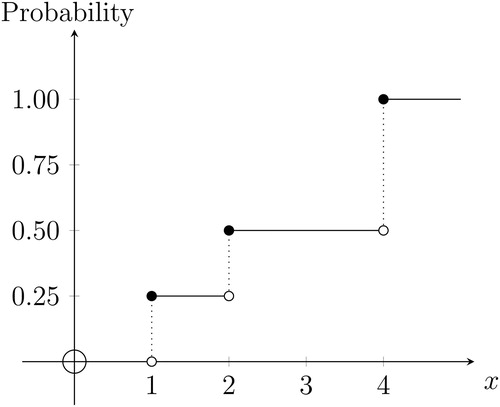
Fig. 5 Normal cumulative distribution function
NOTE: The cdf is illustrated for a normal distribution with mean μ and standard deviation σ (see EquationEquation (1)
(1)
(1) ). The slope of the cdf is close to zero at points a and c and reaches a maximum of
at point b.
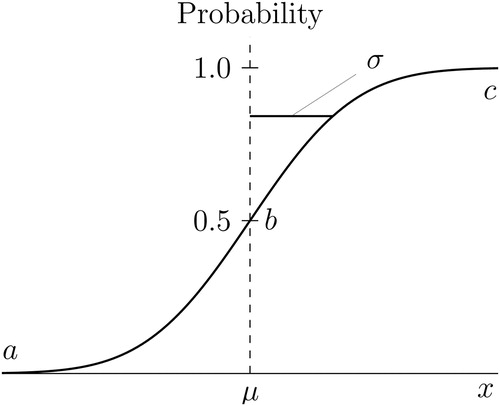
Fig. 6 Normal pdf
NOTE: A pdf is illustrated for normally distributed X with mean μ and standard deviation σ (see EquationEquation (2)
(2)
(2) ). The height of the pdf is close to zero at points a and c, and reaches a maximum of
at point b.
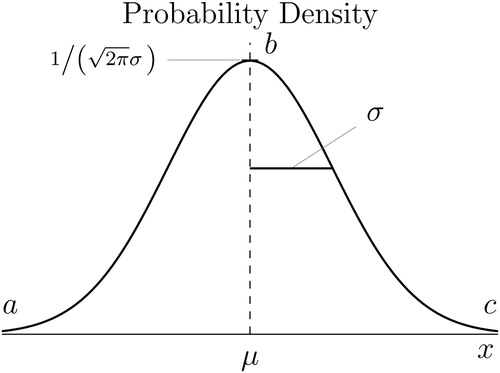
Fig. 7 Zoomed View of the ith narrow slice under
NOTE: We assume a discretization of the x-axis under into small steps numbered using i, where xi sits at the center of the ith small step.
is the height of the function fX at xi,
is the width of the ith small step centered on xi, and
is the area of the ith narrow slice centered on xi. We assume
, as in EquationEquation (3)
(3)
(3) .
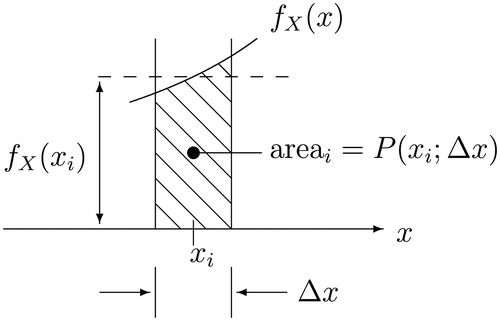
Fig. 8 Rescaling preserves Shape I.
NOTE: The left-hand-side density plot shows height of female undergraduates measured in inches; the right-hand-side density plot shows their height measured in centimeters (see the text). The two figures have an identical shape; all that changes are the scales on the axes. Challenge: Can you confirm that if height is instead measured in meters, we expect the peak height of the second pdf to be roughly ?

Fig. 9 Rescaling preserves Shape II.
NOTE: The left-hand-side density plot shows the uniform density U(0, 2) with pdf for
and 0 otherwise. The right-hand-side density plot shows the uniform density U(0, 4) with pdf
for
and 0 otherwise. X counts half-revolutions of a dart’s impact point around a dartboard and Y counts quarter-revolutions (see the text).
